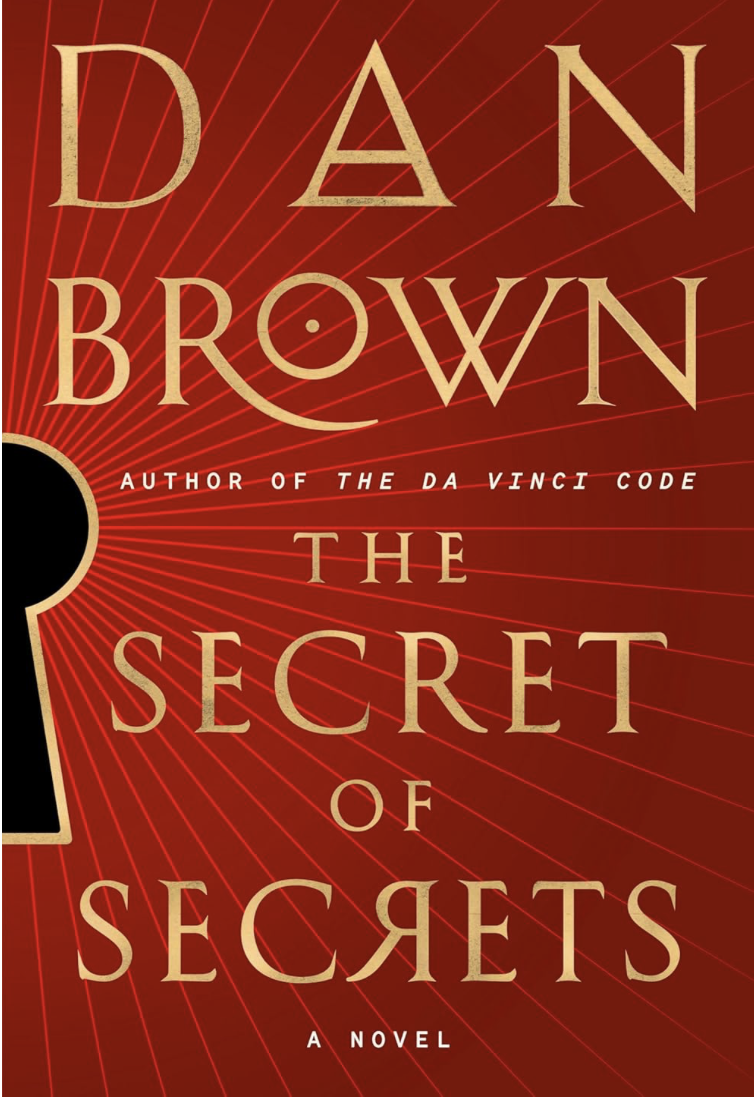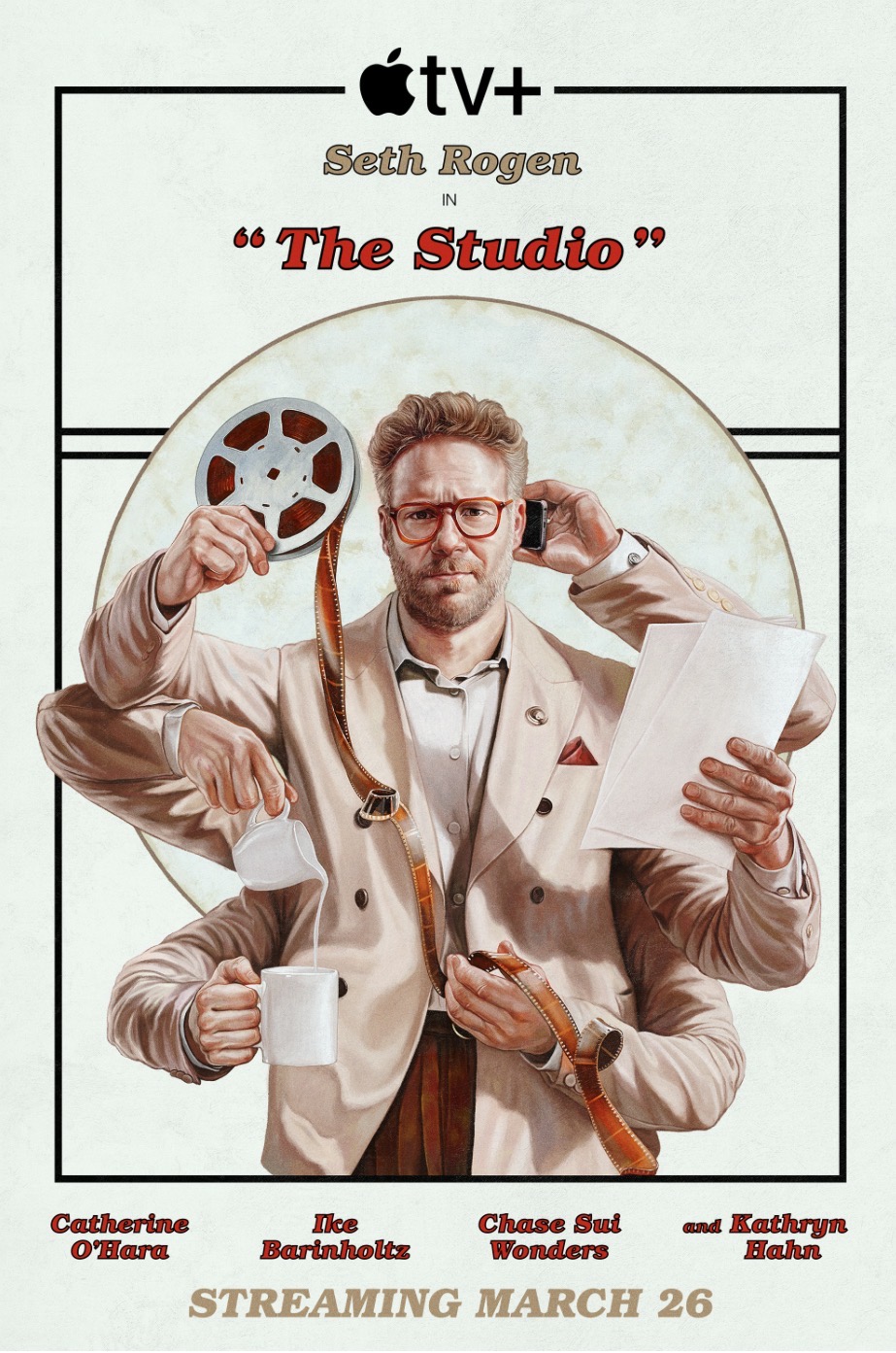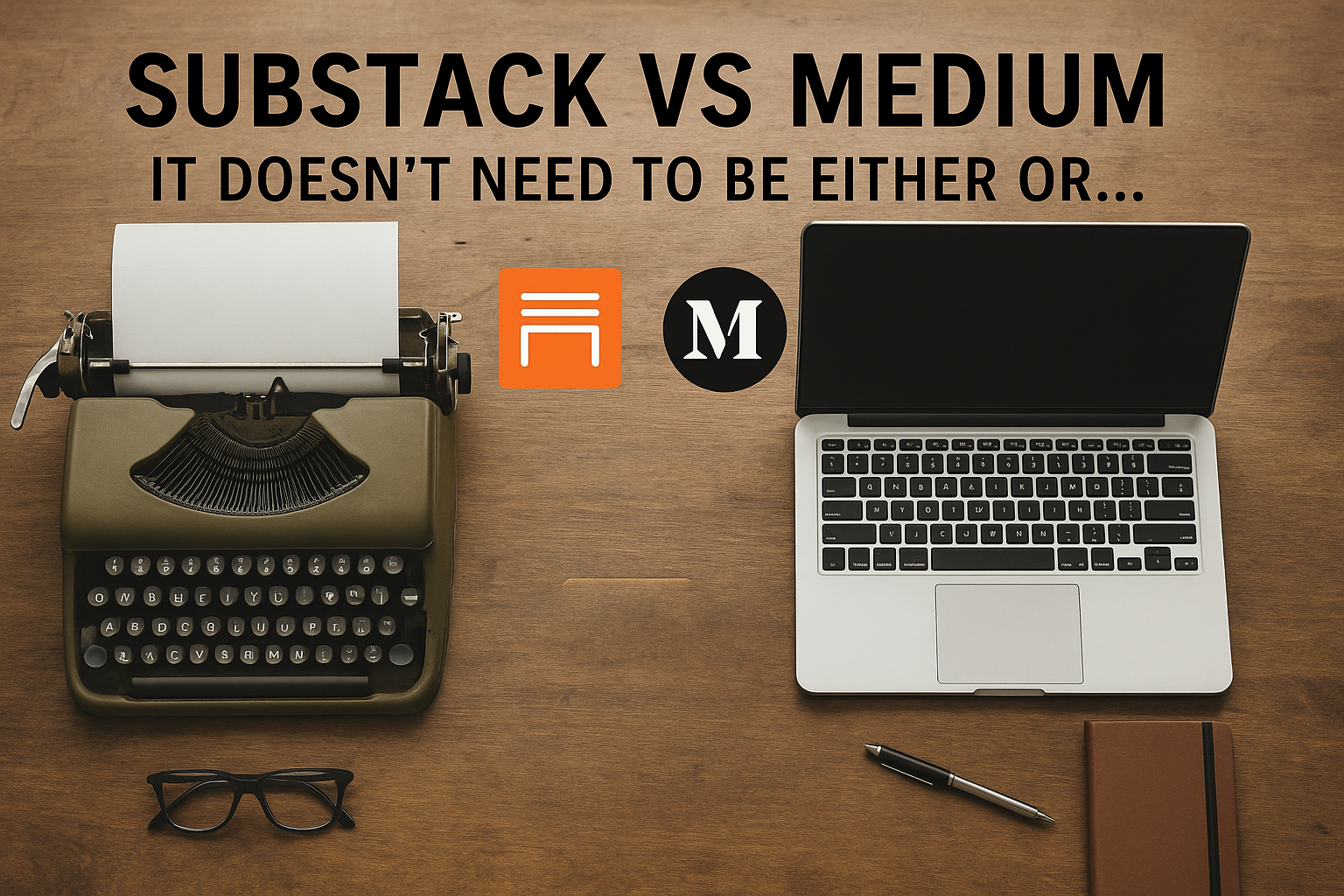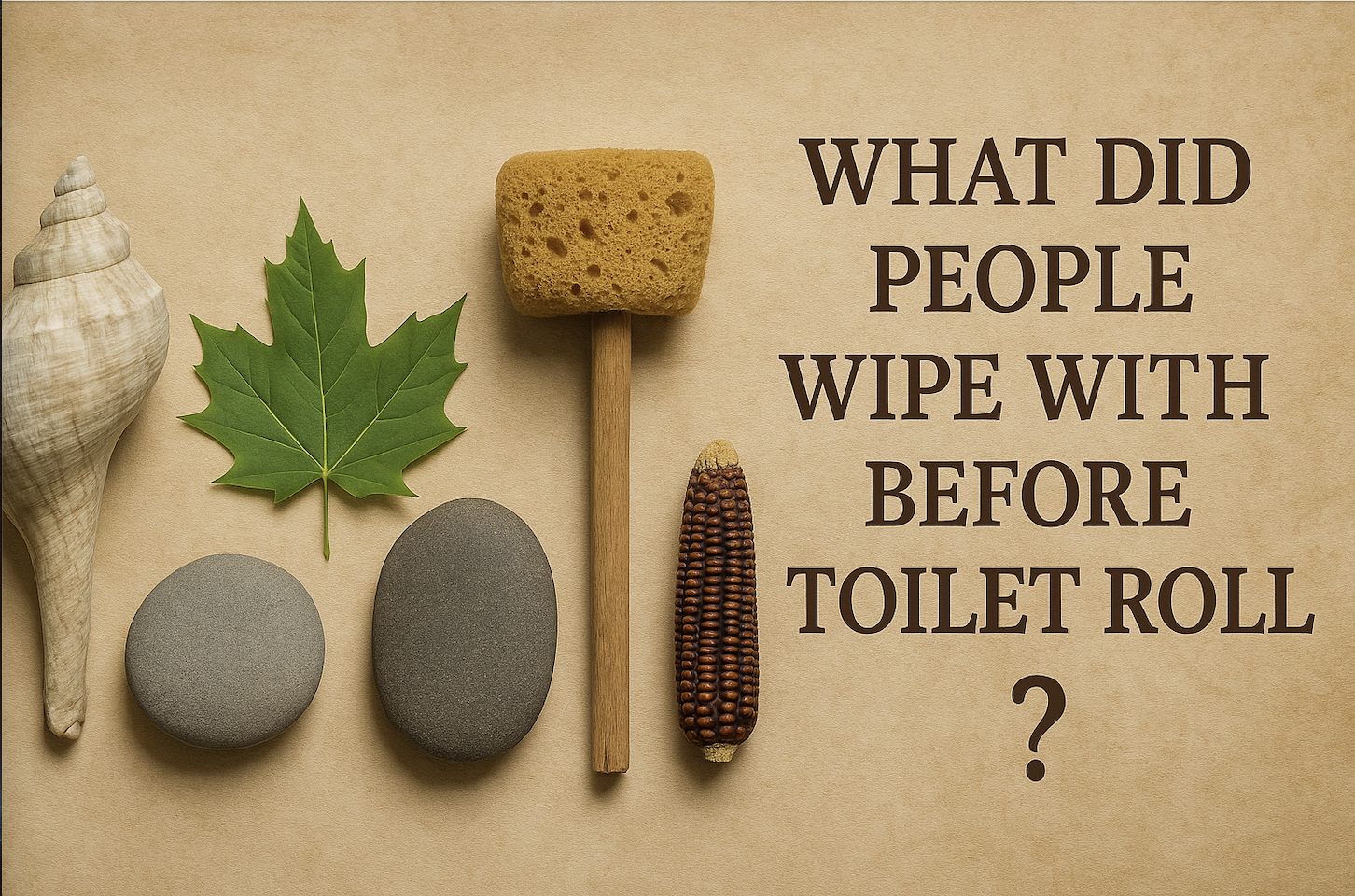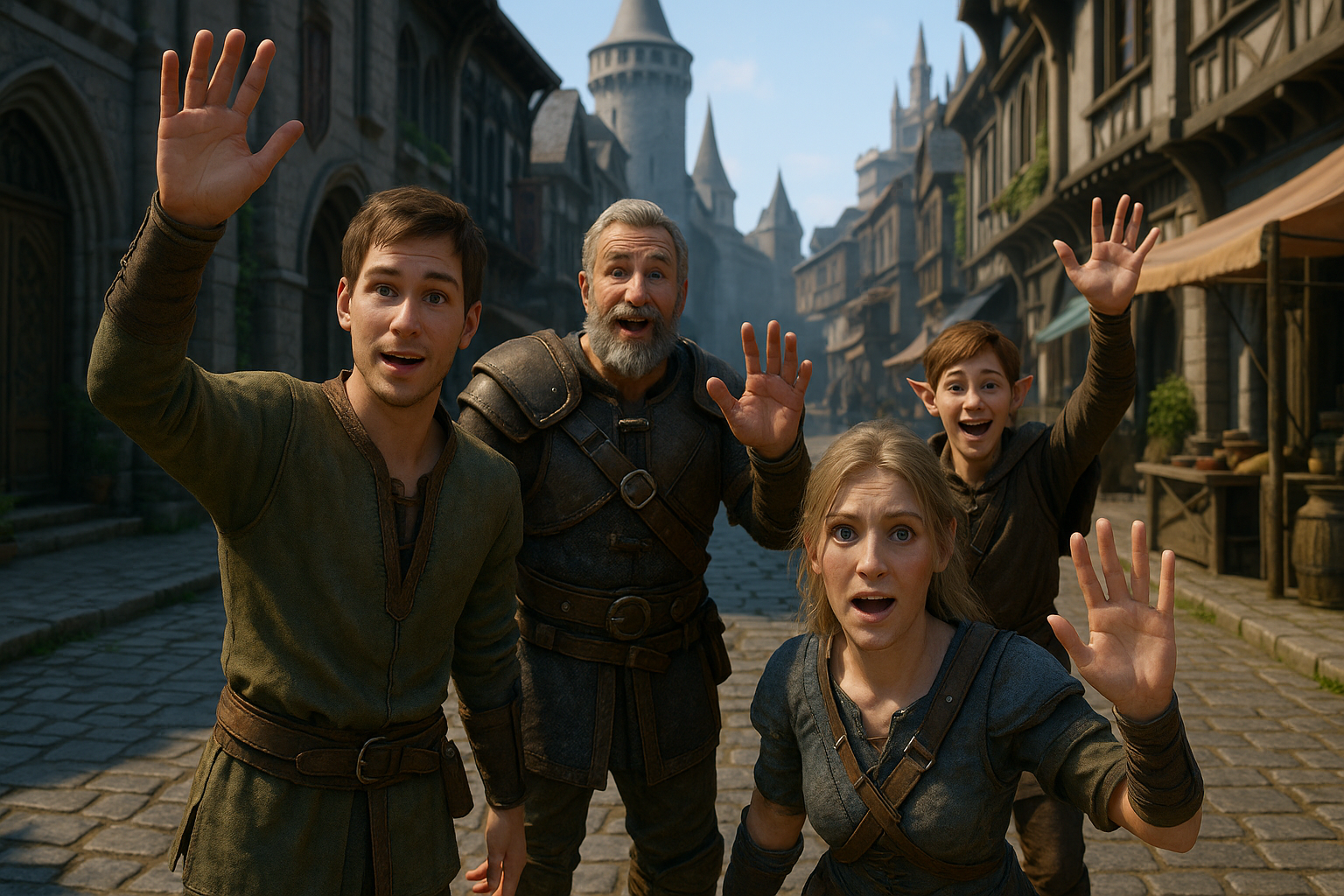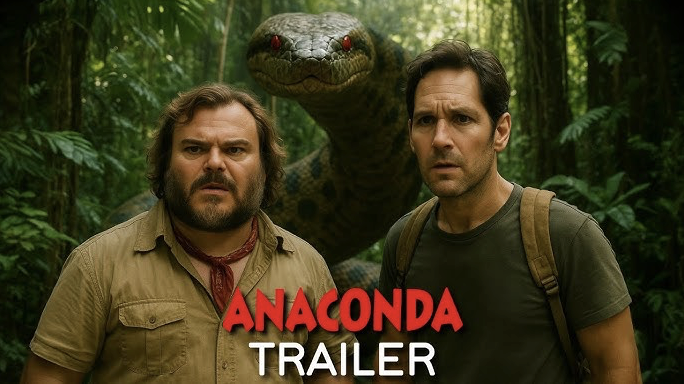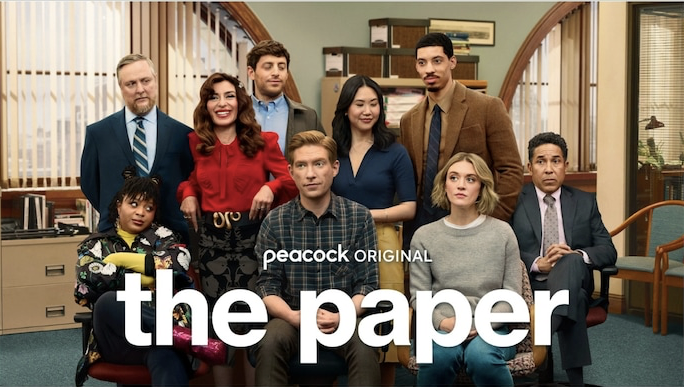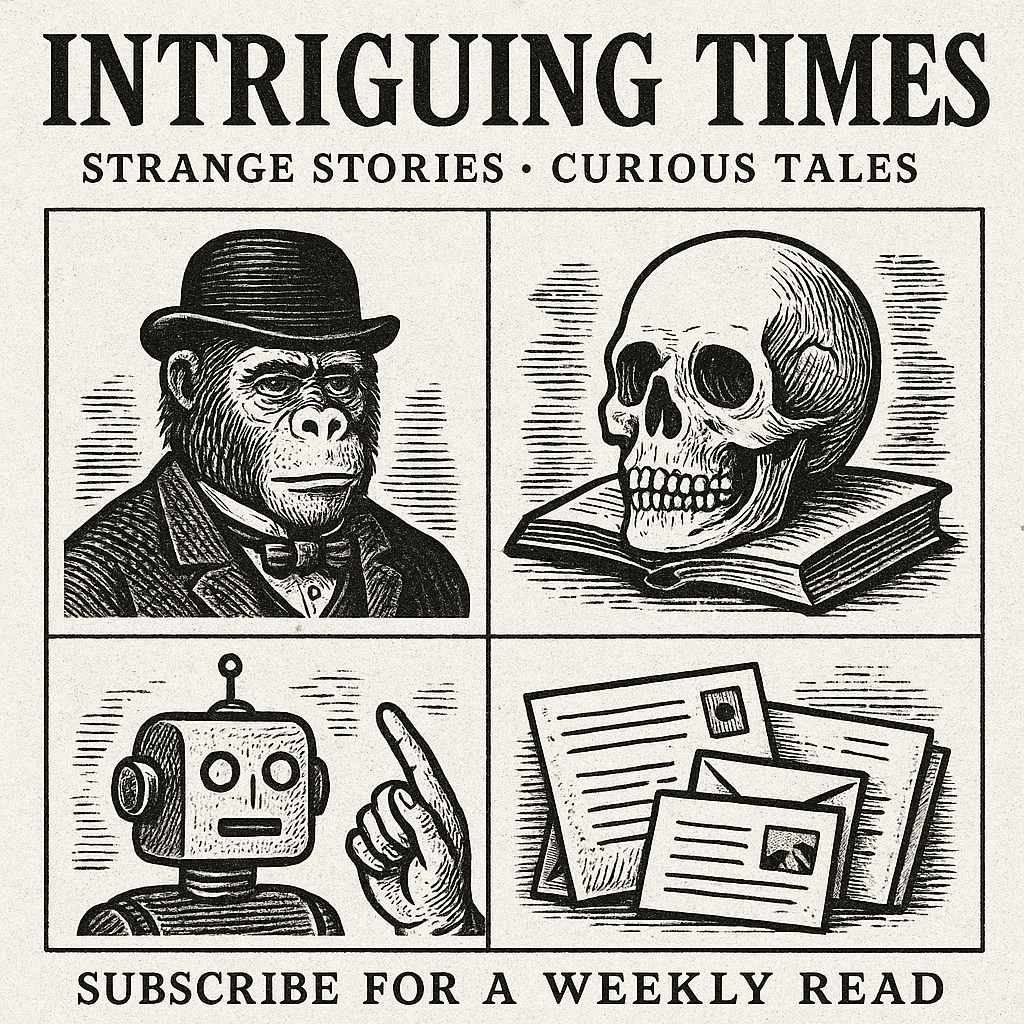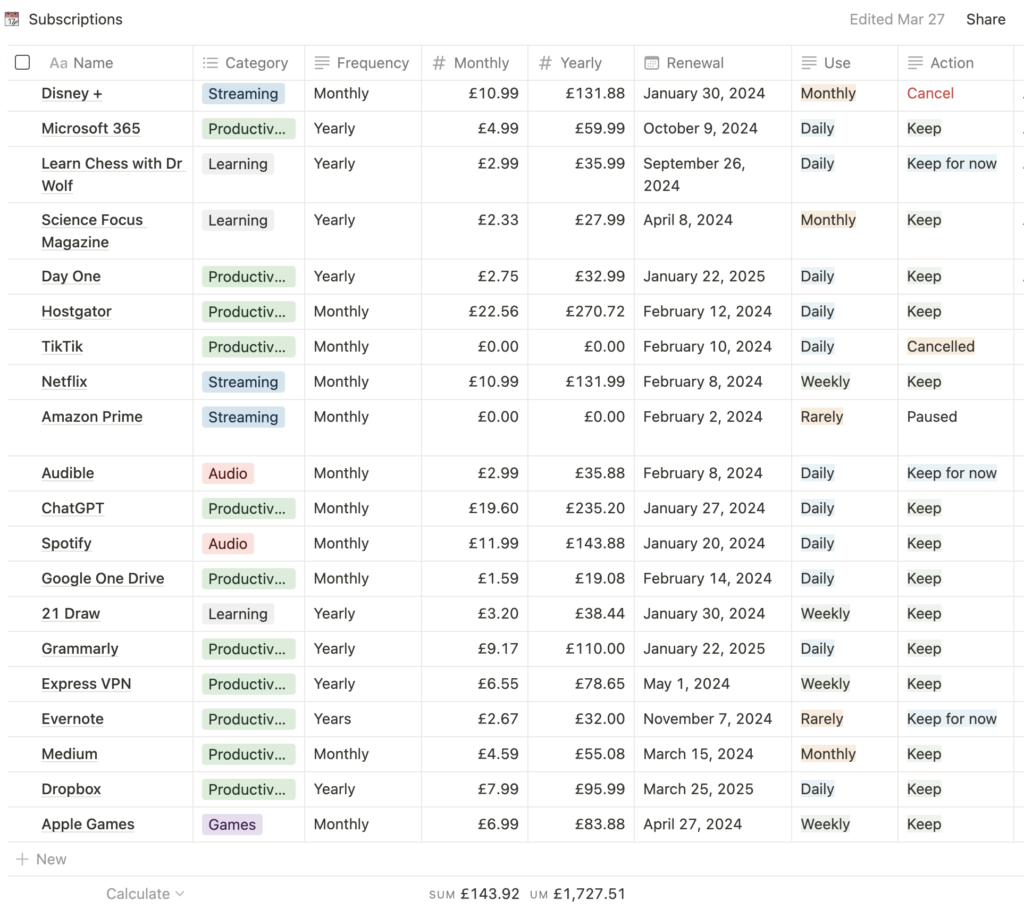You should do this with subscriptions and despair
I am increasingly starting to think a lot of subscriptions are scams against the unwary. And that definitely includes me.
I recently saw a post somewhere that suggested you list your subscriptions and work out roughly how much you pay. I didn’t worry particularly as I thought I spent maybe £50 at most. A couple of streaming things and other minor stuff for productivity. Some things, like Medium, more than paid for themselves, as I always make more than I spend.
The rest are just minor losses, but as I discovered, these things add up. This wasn’t just me being bad at maths – I had simply forgotten how many subscriptions I had. And because they are billed from different sources, such as Apple, PayPal, direct payments, and so forth, I hadn’t realised the gradual and insipid creep of the bastard things.
Initially, I was so confident that this was unnecessary for someone with my frugal spending that I wasn’t all that bothered about doing it. But then I was curious about how to make a table like the one the poster had created, and I gave it a go. I took a photo and sent it to ChatGPT, and it gave me a step-by-step guide on how to build one in Notion. This is utterly irrelevant but incredibly cool.
The massive problem I have with subscriptions.
If they are good or essential, you spend a ludicrous amount.
Take the example of a cheap app I love—TickTick. It is $35.99 a year, and I used it for four years. That is $144! Don’t get me wrong, it’s a great app with tons of functionality, but I only used the To-do list function. I have a separate Pomodoro and don’t use the calendar or habit bit. Apple has a free to-do list, and it is great.
It’s even worse if you really need it. I have read stories of people who need a specialist program, such as art or graphics, and who have to pay for it. Some of those apps charge a lot, like if you need Adobe, which I think is subscription only. In my job I have to pay for Grammarly and Microsoft 360 (or Office – I forget), and others. These are essentials and are now just an expense. And I know writers get off lucky.
These are not just the price of a coffee.
Because we are all supposed to be idiots, developers keep saying how cheap these subscriptions are. You get a full working program for a couple of bucks. This is true for the first month, but if they are useful, they become a coffee once a month. That’s 12 coffees a year. Add in a dozen subscriptions, and you are suddenly drowning in coffee.
Basically, the subscription model means that if something is halfway good, it is going to be expensive very fast. And unless something changes, it will be lakes of coffee 30 years from now. I will stop with the coffee analogy now; I’m getting thirsty.
Some apps need constant updates or servers, but some don’t.
I get that some apps or programs, like Word or Spotify, need to run servers or update services to compete or pay for new content and royalties. But some don’t. A simple Habit Tracker or health app doesn’t need to change much. They do, though, because they want to keep charging people. So, to justify this, they sometimes keep tinkering with good programs.
Other apps don’t bother with new features – they just remain the same simple app that ten years ago you’d buy for a couple of quid. Once. Multiple apps you used to buy once are now subscriptios and it is bollocks.
Now there are tiers for apps
It is bad enough that what you used to pay for as a one-off payment is now an ongoing burden. But now there are an increasing number of options and tiers, making you feel bad about yourself. You’re increasingly faced with tables with different packages at the top labelled Prime, Ultra, Mega, Godlike, and so on. Then there are loads of ticks or Xs showing what you get and you have to work out what you want. You nearly always end up picking a balance of stuff you need, with a couple of extras you don’t want. But you don’t have any choice.
I get why this is the case but it may well come back and bite developers
I know I am increasingly ranting now, but I don’t care. And I get it. These are businesses trying to make money, and they will do what works best. Subscriptions make more money than other options, so that is what they go with. It is even better if they offer a product that someone needs for their job, as the suckers are then stuck.
I also understand, using personal examples, that Word, iCloud, or Google storage need servers for online saves and cross-device compatibility. So I need to pay. (It is just a coincidence that they are owned by three of the four companies with market caps over $2 trillion.)
But things like habit trackers can piss off.
Things might change a bit soon, though, now that nearly everyone is increasingly broke thanks to inflation and stagnant economies and so on. This means people are starting to realise they don’t really need an app that tells them how many miles they just cycled, or having an email provider that automatically categorises important things from trivial nonsense. Usually, there are alternatives, and many of these are free on your phone.
As people tighten their belts, more people will switch to their phone’s default options and realise some of them are pretty good. And they’re free! I hope this affects the subscription model in a positive way – and not just more sodding tiers.
So what can be done for developers and consumers to co-exist more happily?
There are a number of options and these are all already offered with some programs.
1/ Offer a lifetime subscription to something. This can cost as much as a year or two, so if an app is genuinely great and you trust it to be around for a while, it is worthwhile. The developer gets a ton of cash. There will always be new people buying it as we humans keep being born.
2/ Offer one-off options to move to higher tiers. Have a really good free product with the option to upgrade permanently for a one-off price. This promotes trust in the app and the user can decide if they need more functionality once they have tried out the base option.
3/ The developer can keep creating new products, and current users can buy the new ones for a discounted price. Quite a few apps still opt for this model of making something new and releasing an updated version. Good on them.
A great example of this is my favourite writing software Scrivener. I bought the original on my MacBook Air over a decade ago. I then paid extra when they brought out an iPad version – although I got a discount because I had already purchased the desktop version. They then released version 2, which I didn’t buy because the first one was still awesome.
More recently, I bought Scrivener version 3. Again I got a discount because I owned V1. It was compatible with V1 files and I love writing on it using my iPad Pro and MacBook Air. In total, I have probably paid the Scrivener team $60 or more and it has been totally worth it. Especially as they could easily have switched to a subscription model. Even $4 a month (a coffee) over a decade would be $480. I would probably struggle on with Word for that money, especially as I would need writing software for at least another 50 years.
Anyway, enough about Scrivener, I am just showing an example of a successful model.
A final word on the matter
Subscriptions are necessary for certain services, but for many, they’re an excuse to make more money. This may come back to bite developers, though. I would happily pay a small one-off payment or even a large one for a good product, but I might look for alternatives if there is a subscription model. Frankly, they put me off.
There are often decent free alternatives. I heavily rely on a combination of Apple Reminders, Apple Notes, and the free version of Notion. I do still pay for Evernote, for example, but that is just down to lethargy and not having gotten around to transferring all the data.
I guess the main issue is that if something is good and has a subscription, then it will cost you a fortune. Bollocks to that. I highly recommend writing out a list of what you are currently paying, like I did above. It might surprise and depress you, but it is worth it. Plus, it feels great cancelling one of them.
Give it a go.

